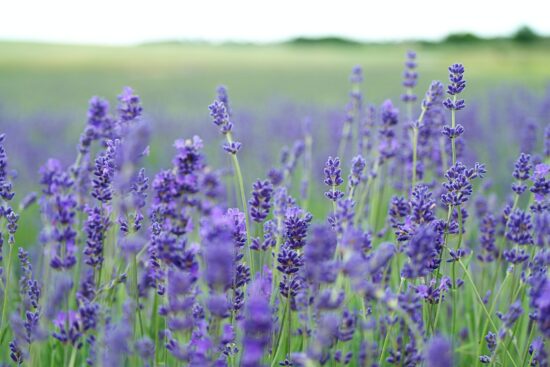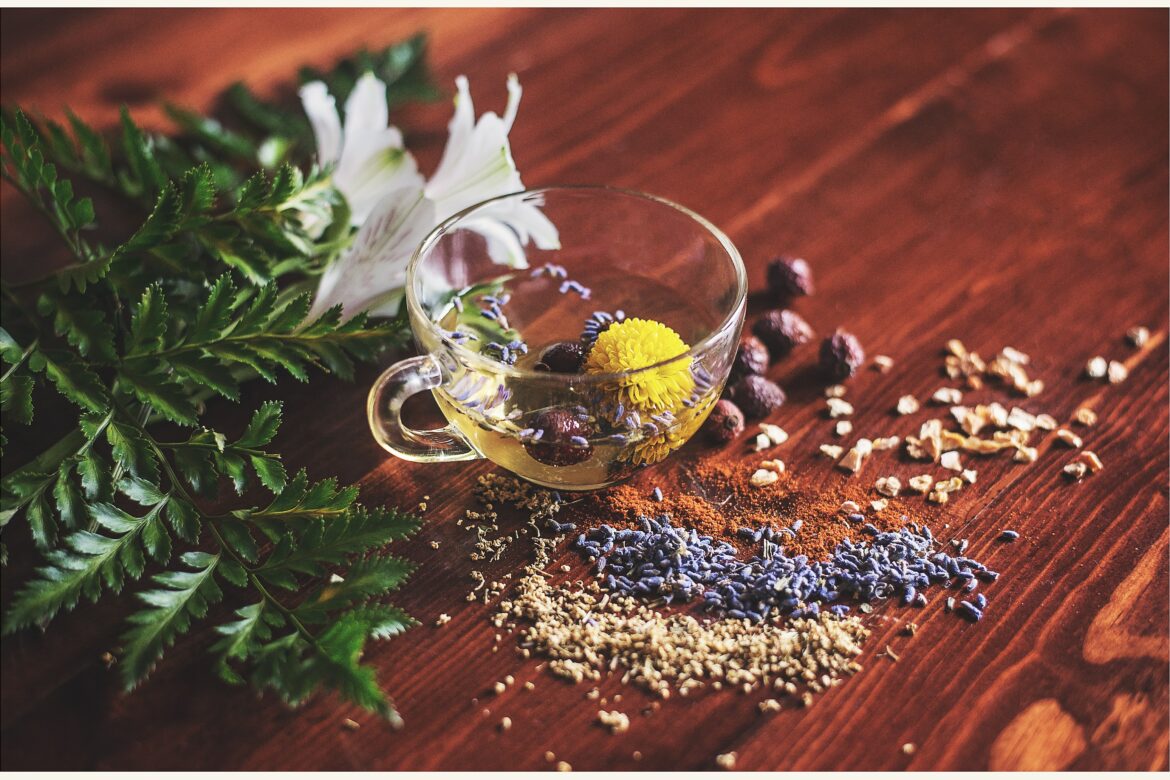The end of the summer brings the end of peak growing season for some of our favorite herbs: basil, thyme, sage, mint verbena and lavender are (understandably) at their best during the warm, sunny months.
But these plants can still please our palates as we transition to cooler weather and shorter days. In fact, they can help keep us warm (or cool, if iced!) by using them to make a tisane.
But what’s a tisane? A tisane is different from other teas because of the plants used; the green, white and black teas that many of us associate with the word are made from dried tea leaves from the same plant, Camellia sinensis. But when herbs, roots, leaves or fruits are used to make a tea, the final infusion is called a tisane or herbal tea.
May sound fancy, but making your own herbal blend at home is simpler than you might think.
There are two ways to go about making an herbal tisane: dried herbs, or fresh. Making an herbal tisane with homegrown dried herbs takes a little more effort, but not much.
Michael Harney, the son of the late John Harney and the now co-owner of Harney & Sons (he runs it with his brother Paul), shared the most useful appliance to drying out your herbs for teas: your oven (if you don’t let them air-dry, that is). “If it’s something like lemon peel or peppermint, I’ll put it in the oven at a warm temperature,” between 100 and 300 degrees, he says. “The benefit of drying out your herbs and citrus peels in the oven is that it’s a consistent temperature, and no risk of contamination.” (Not drying your herbs? Don’t panic — washing your herbs before adding them to your tea and using boiling water will most likely do the trick.)
The time to steep depends on the herb used; most mints you may only need to steep for five to six minutes. Holy basil, in contrast, can be steeped for much longer — even overnight.
Before making your own, here are some additional tips that you might want to consider:
- To avoid getting a metallic taste, don’t use an aluminum teapot. Use a stainless steel, glass, or cast iron.
- Your best friend when making herbal teas at home: a strainer. Whether it’s a cup-sized strainer or a fine-mesh strainer you use in the kitchen, be sure to strain the tea through a mesh before drinking. “At home, I’ll brew the tea in one pot and strain into another,” says Harney.
- When using fresh herbs, only use the leaves and flowers — not the stems. If you’re growing your own herbs, cut early in the morning for the best and brightest flavor.
- Use twice as many fresh herbs than required if you’re translating a dried herb recipe.
- Use boiling water when making tea with dried herbs. “Boiling water brings out the best in the herbs,” says Harney. And, he says, it will sterilize the herbs. But if using fresh herbs, heat your water to just under a full boil — anything hotter may scorch delicate leaves and petals, says Andrews.
- If you’re making an iced tea, double the recipe to keep the potency. “We make a double strength concentrate,” says Harney, who recommends letting the tea come down to room temperature before adding ice. “If you add ice while the tea is still hot, it will melt really quickly,” he says.
- If you’re using fresh herbs, use 2 tablespoons of fresh herbs per cup of water. Pour over the herbs and bruise the herbs to get the most flavor. Take a long spoon and press the spoon into the herbs against the side of the pot or teacup.
Want to try your own? Read below for infusion recipes, plus some tips for making your best herbal infusions at home. And of course, if we’re not growing them ourselves, then our preferred venue to buy seasonal herbs is the Greenmarket.

Lemon verbena, turmeric, ginger and lemon peel tea
Serves 1
3 tablespoons fresh lemon verbena leaves
1 inch fresh turmeric knob (find it at Whole Foods, or at specialty Indian or Asian food stores)
1 inch fresh ginger knob
2 strips lemon rind
1 cup water
In a small sauce pan, heat the water to almost a boil and turn off the heat. Add fresh lemon verbena leaves, fresh turmeric knob, fresh ginger knob and lemon rind strips to the pot; bruise herbs with a long spoon by pressing the spoon into the herbs against the side of the pot. Place lid on pot and steep for 10 minutes. Strain tea into a cup.

Lavender and lemon balm tea
Serves 1
3 tablespoons fresh lavender (find it at the Lavender By the Bay shop at the Union Square Greenmarket)
3 tablespoons fresh lemon balm leaves (find it at Flower Power in Manhattan)
1 cup water
In a small sauce pan, heat water to almost a boil and turn off the heat. Add fresh lavender and fresh lemon balm leaves to the pot and bruise herbs with a long spoon by pressing the spoon into the herbs against the side of the pot. Place lid on pot and steep for 10 minutes. Strain tea into a cup

Holy basil and Chamomile tea
Serves 1
3 tablespoons fresh holy basil (Field Apothecary, in Germantown, NY)
3 tablespoons fresh chamomile (also at Flower Power)
1 cup water
In a small sauce pan, heat water to almost a boil and turn off the heat. Add fresh holy basil and fresh chamomile to the pot and bruise herbs with a long spoon by pressing the spoon into the herbs against the side of the pot. Place lid on pot and steep for 10 minutes. Strain tea into a cup.
This article was originally posted September 13, 2014. It has been reposted with revisions for accuracy.



